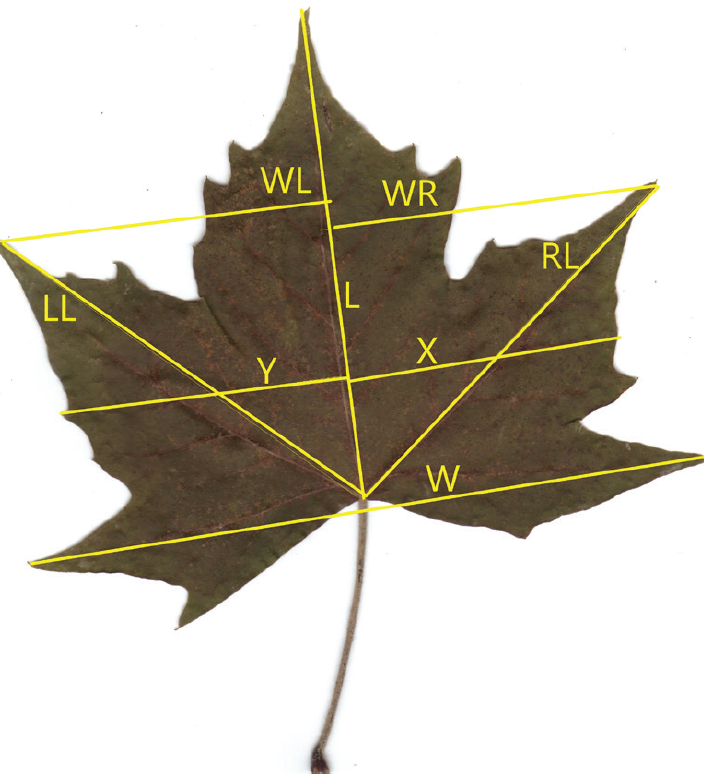Morphometric characters of Platanus × acerifolia (Aiton) Willd. leaves under the heterogeneous urban environments in the Republic of Srpska
DOI:
https://doi.org/10.7251/GSF2333003HKeywords:
air pollution, leaf morphology, plane tree, urban areasAbstract
Urban environments are often polluted with numerous contaminants originating from extensive traffic, industry and heating systems. London planetree (Platanus × acerifolia (Aiton) Willd.) is considered as a tree species resistant to air pollutants and climate changes in urban environments. Its resistance is based on the traits of adaptation to dry and warm conditions, bioindication of the degree of urban pollution and plant species with an important role in the nature-inspired solutions for urban areas sustainability. Therefore, this study aims to determine the differences in the morphometric traits of the leaf blade of London planetree, regarding the urban conditions of several cities in the Republic of Srpska. The study was carried out during May-June 2019. Trees for leaf sampling were selected in urban parks and alleys surrounded by high-traffic density streets. At the morphological level, the following leaf blade traits were analyzed: leaf blade length (L), maximum width of the axis of the midrib (W), distance from the midrib to the right margin (X), distance from the midrib to the left margin (Y), distance from the right lateral vein to the main vein (WR), distance from the left lateral vein to the main vein (WL), length of the right lateral vein (RL) and length of the left lateral vein (LL). The results showed that foliar comparisons have been useful in the determination of morphological differences of urban trees influenced by contrasting urban environments. Our results indicate that, based on leaf blade morphometric characters, Bijeljina was distinguished as a separate urban area, Doboj and Prijedor were grouped, while Banja Luka and Trebinje formed the second group. The results indicate the importance of applied analysis in the biological monitoring of the pollution level of urban environments.

Downloads
Published
Issue
Section
License
Copyright (c) 2023 Zorana Hrkić Ilić, Nada Šumatić

This work is licensed under a Creative Commons Attribution 4.0 International License.